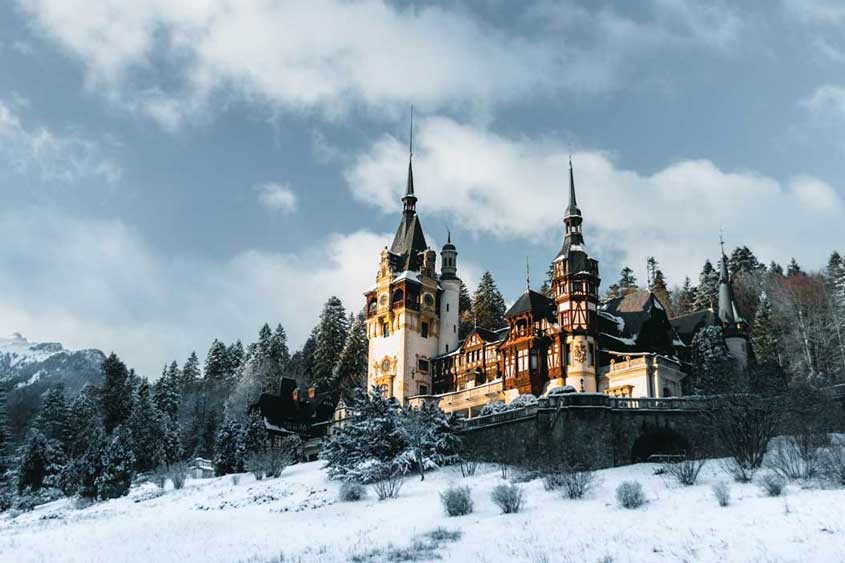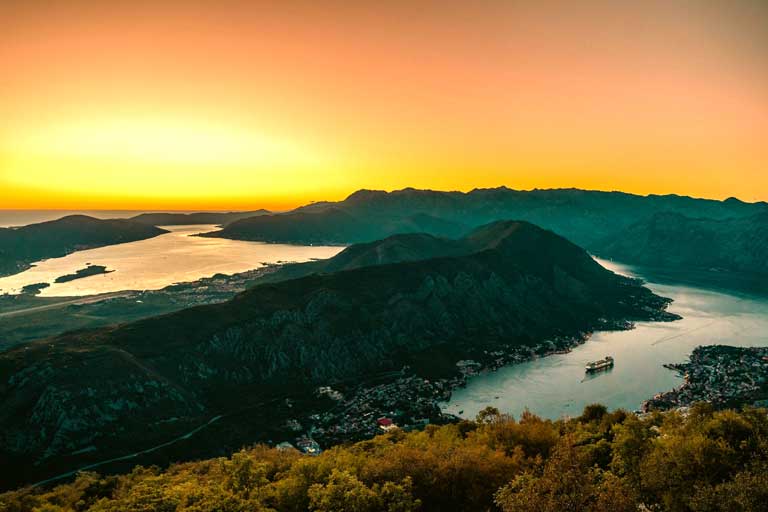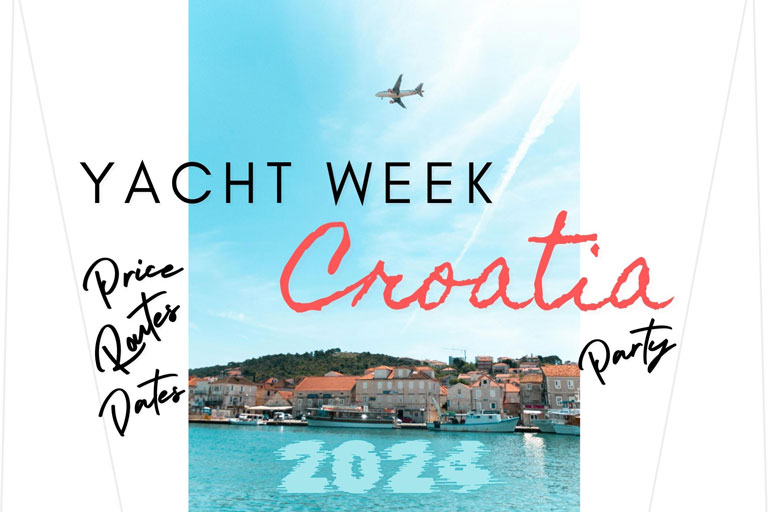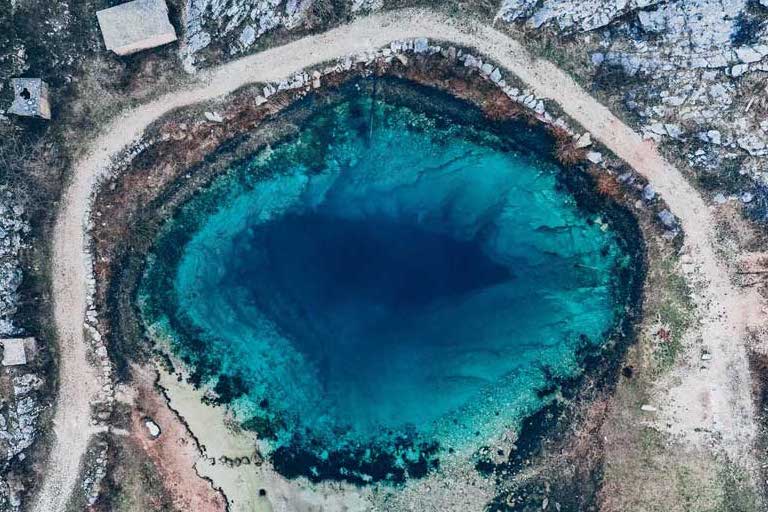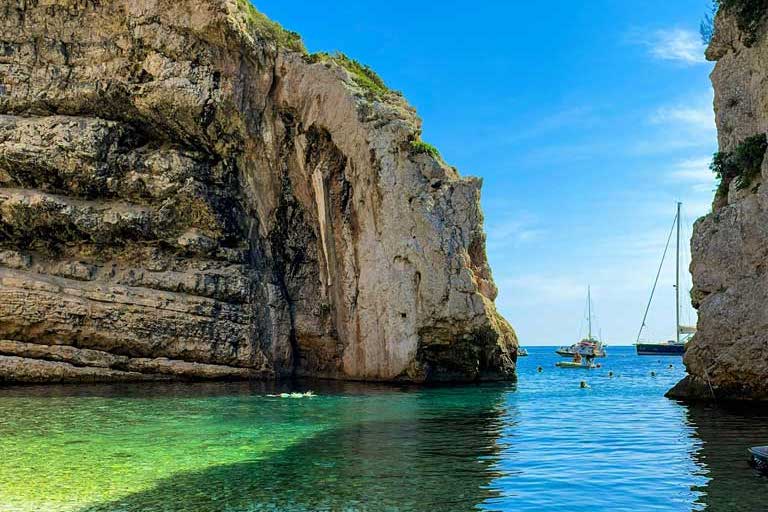The castles in Romania have an unimaginable allure about them. The castles mesmerise us with their stylistic architectural features and give us a glimpse into an era dating as far back as the 14th century. The wondrous palaces and fortresses charm their way into our hearts and minds, staying in their forever.
Although castles exist all over Europe, the castles in Transylvania — the home of castles — have a rich cultural and historical heritage connection.
The number of the castles (310) is proof of the vital and extensive role Romania played in medieval times.

Castles are like time machines. When you step into a castle, you automatically find yourself transported into a different time. The Romanian castles will enchant and amaze you.
So, come on, let’s explore the country’s beautiful castles.
12 Castles in Romania that Will Leave You in Awe
With numerous Romanian castles, not knowing which one to visit on your vacation, will put a damper on your plans.
To ensure you visit the most magical castles in Romania, we have compiled a list of the top 12 to visit.
Bran Castle— Dracula’s ‘Home’ in Romania
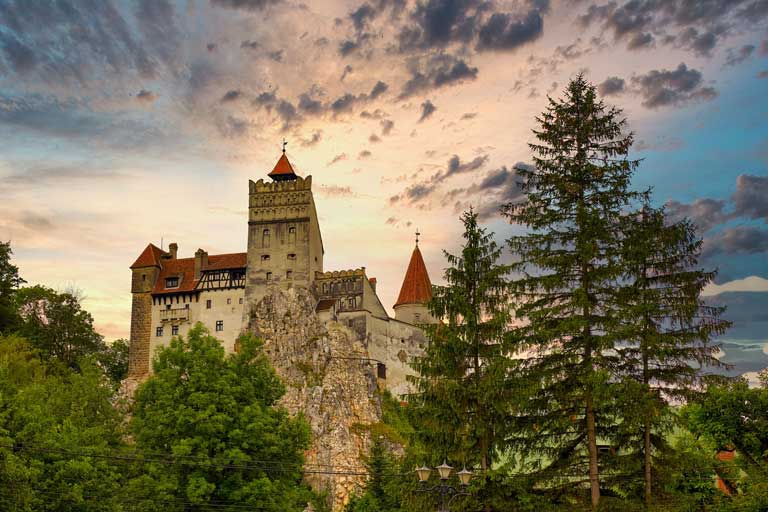
Dracula Castle is one of the most famous castles in Transylvania. The castle, situated on a rock, can thank Bran Stoker’s novel “Dracula” for its sudden rise to fame.
The Teutonic Knights used the castle as a fortress to defend themselves from the Mongolian army in the early 13th century, until the Mongols destroyed the wooden castle in 1242.
Louis I of Hungary issued permission to the Saxons of Brasov to build the castle in 1377, which they erected on the Teutonic Knights’ wooden castle.
Since then, the legendary castle has become the inspiration behind Stoker’s novel as well as for its once infamous occupant, the Wallachia ruler Vlad the Impaler.
The castle features impressive turrets and towers, narrow winding stairs, and several underground passages connecting over 50 timbered rooms.
The castle’s dark past and mysterious atmosphere mystify tourists who come from across the world to tour it.
Sturdza Castle— the Palace with a Beautiful Motto
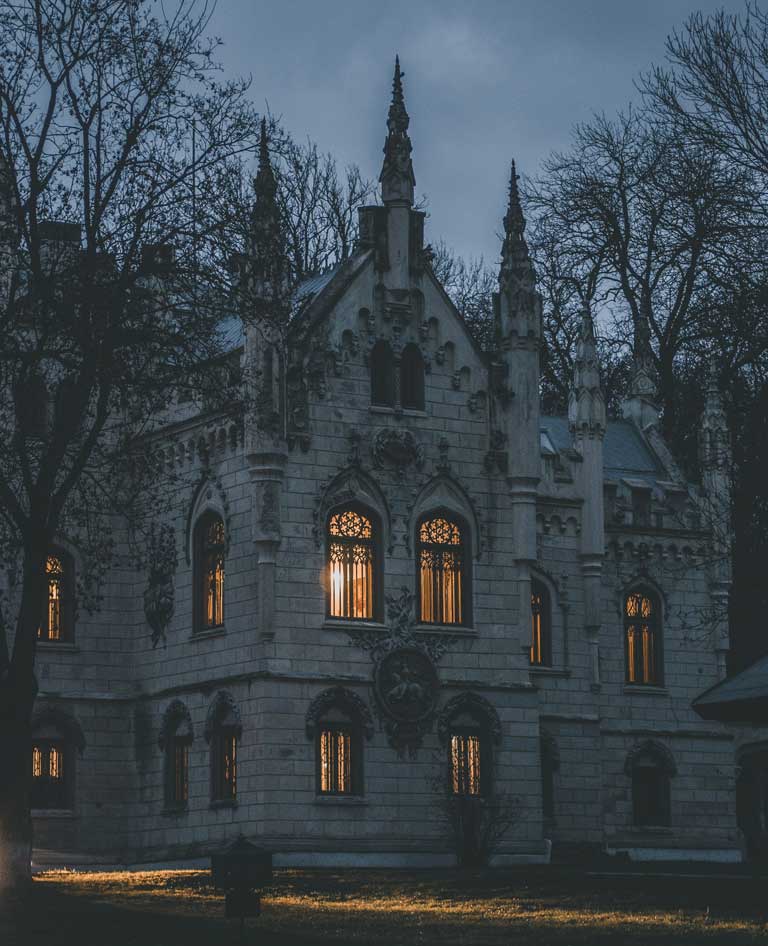
Sturdza Castle, a 19th-century edifice situated in Miclaușeni, was created by the Moldavian family who added to Romania’s royal history and culture. The family chose Neo-Gothic architectural elements and had their family motto inscribed into the structure’s exterior, “Utroque Clarescere Pulchrum,” which means “Beauty Shines Everywhere.”
The castle exudes a romantic allure with its serene surroundings, a monastery park, and a church.
Once, the castle boasted a glorious retelling of history with its extraordinary collection of books, cultural relics, artwork, jewels, paintings, and more.
In the 2000s, the government restored the castle, including preserving its antique furniture.
Tourists are welcome to take a guided tour of the entire property where they will learn about its history and can marvel at the decorative décor and elaborate design.
Peles Castle— the Country’s Pride
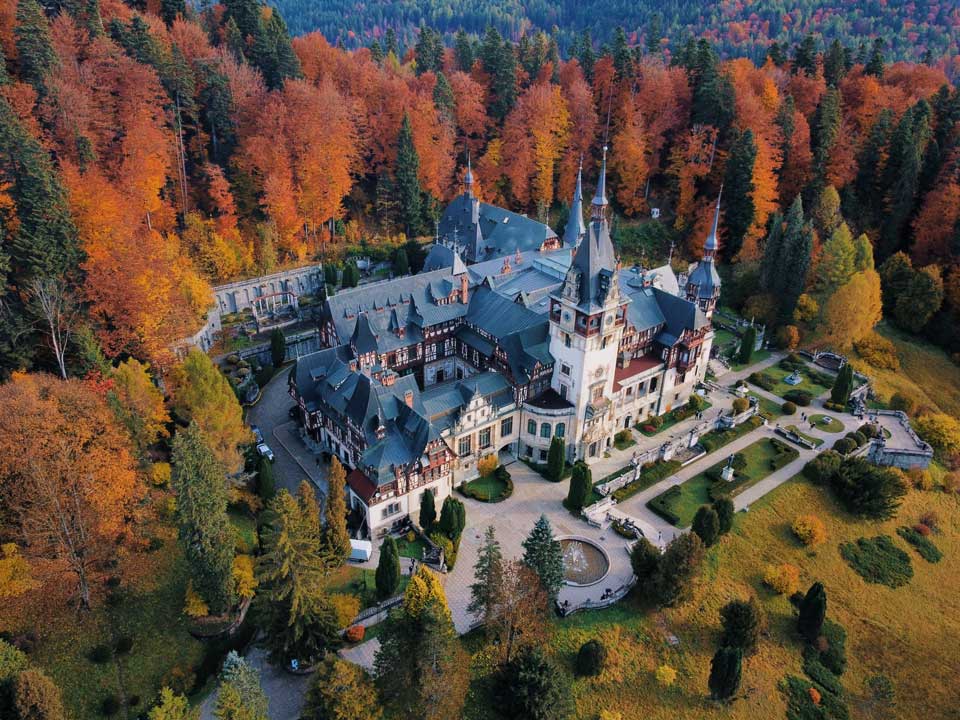
Recognised as one of the most stunning castles in Romania, Peles Castle is an exemplary illustration of Germany’s modern Renaissance architecture.
Peles Castle sits at the base of the Bucegi Mountains in the quaint town of Sinaia. The castle is unlike any other you have ever seen.
King Carol I gave orders to construct the castle in 1873, making it his family’s holiday home until 1947. The castle has an astounding 160 rooms decorated with European artwork, German windows with elaborate pictorial designs, Murano crystal chandeliers, and walls covered with Cordoba leather.
Moreover, it’s the first castle in Europe to be powered by electrical current using the citadel’s own power plant. In fact, it was the first building in the world to use central heating through floors and walls.
In 1906, Romania’s first film projection took place in the castle’s Theatre Room.
Since 1989, the Castlethe has become a notable cultural site and houses medieval weapons, rare books, paintings, sculptures, and more.
Corvin Castle— Transylvania’s Gothic Castle
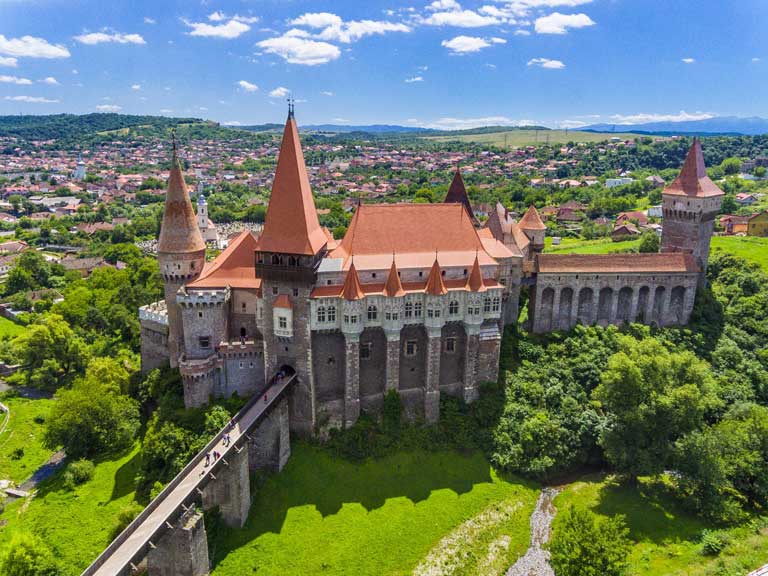
Corvin Castle is another one of Transylvania’s greatest gifts to the world. The castle depicts Gothic styling and was built on a forgotten Roman camp by the Anjou family. Later on, in the 14th century, the castle became the home of Transylvania’s King Iancu de Hunedoara.
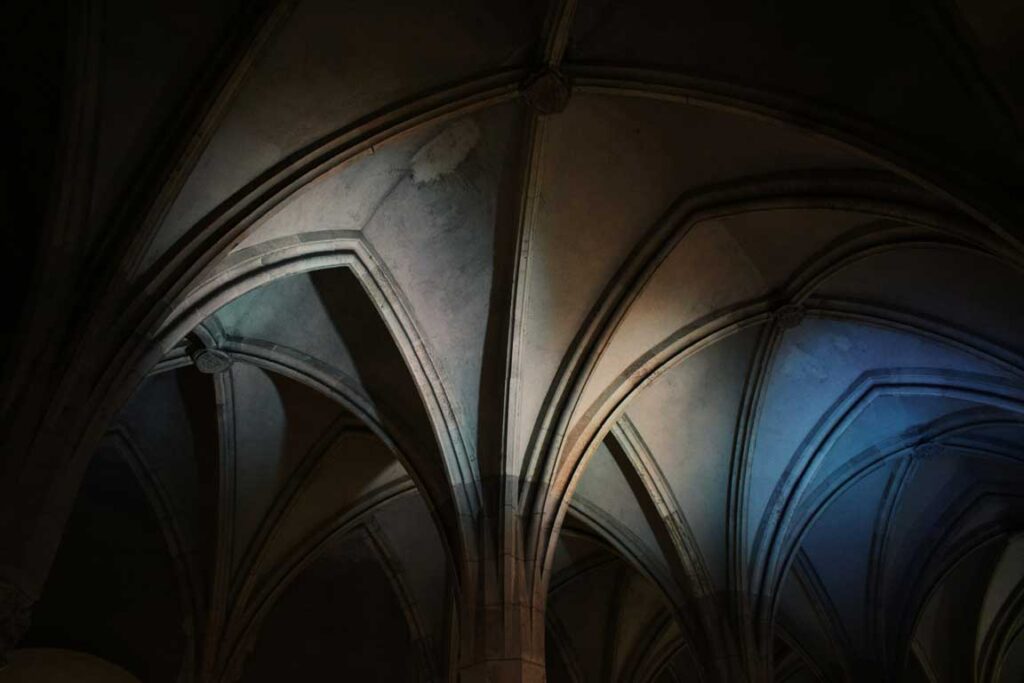
He renovated the castle to include a drawbridge, Knight’s Hall, indoor courtyards, water fountains, gargoyles, high ramparts, a chapel, and over 40 rooms adorned with medieval artwork.
Its drastic transformation earned it the title of one of the most remarkable castles in Romania and is one of the country’s seven wonders!
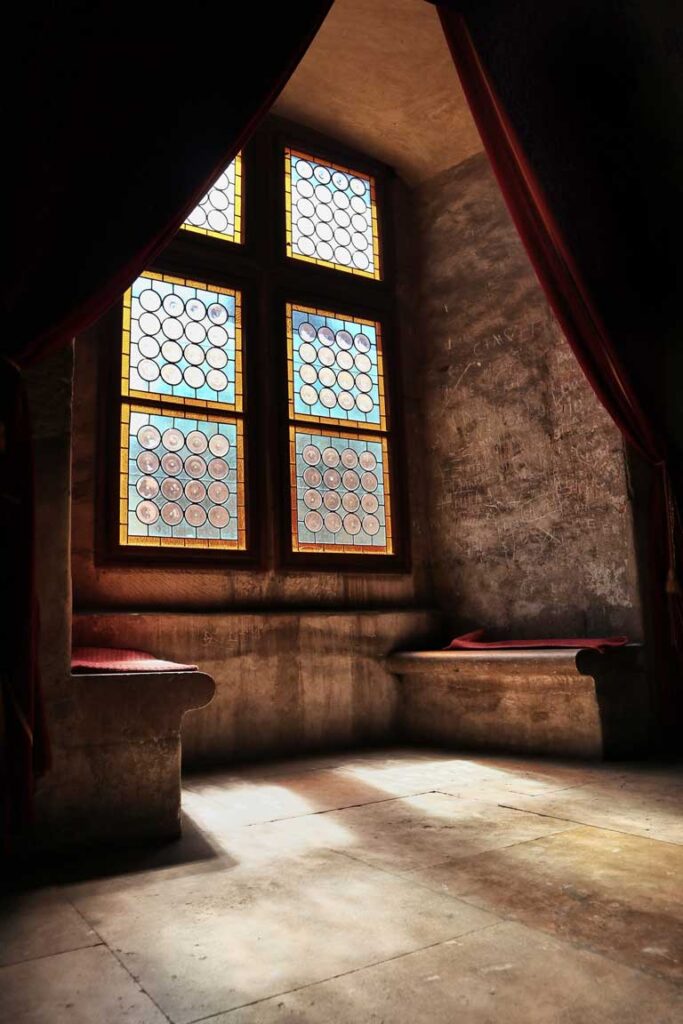
Apart from its striking appearance, the castle is also one of the spookiest in Transylvania.
Hidden behind the castle’s appealing exterior and interior is a dark legend.
The eerie myth says that the castle served as a prison for the cruel ruler, Vlad the Impaler. Although you’ll find yourself looking at a spectacular castle, you’ll also feel a chill run down your spine as you realise that you could be standing where Vlad must have stood.
Banffy Castle— Romania’s History Spectator
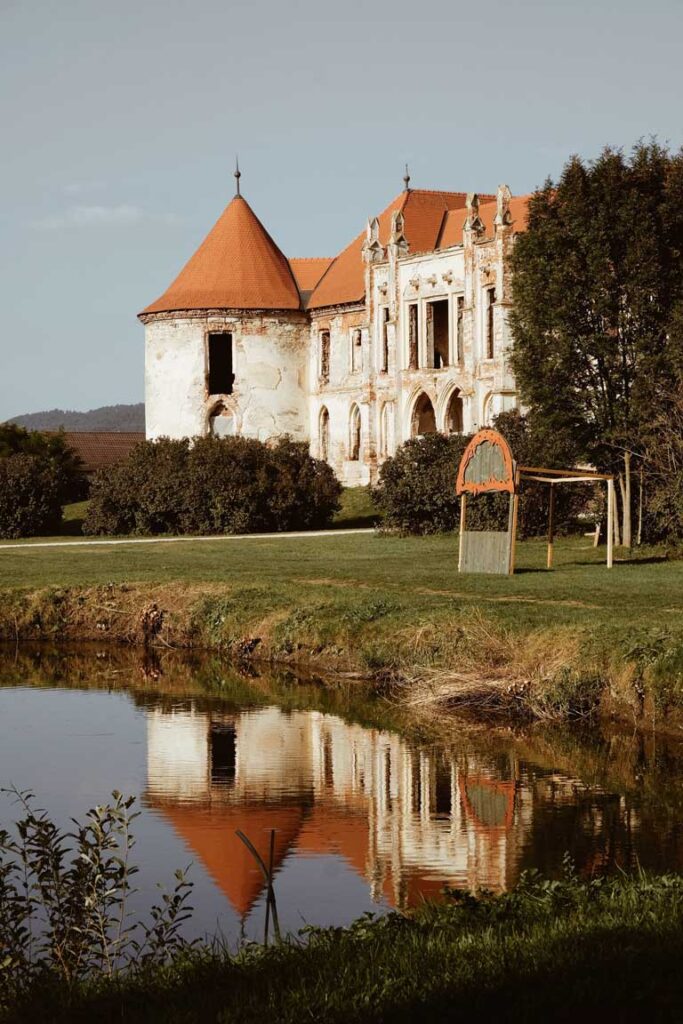
If you want, you can have your wedding in Banffy Castle
Banffy Castle, located in Bontida, has stood witness to more than 500 years of history. The castle has stayed in the Bánffy family for years. The partially restored castle has expansive grounds, castle ruins, and empty walls.
Don’t let the lack of artwork and antiques sway you from coming here because the unique combination of architecture themes, ranging from Neo-Gothic to the Renaissance style will make up for it.
You can take a guided tour to learn about the castle’s historical roots dating back to the 18th century.
Before it became the Bánffy Castle, it was called the Versailles Castle. A Viennese designer created a visionary design consisting of statues, a park, alleys, artesian wells, and a gate adorned with intricate stone statues.
Over the years, the castle has served as a field hospital, a children’s hospital, a farm, and a driving school.
With such an illustrious history, the Bánffy Castle is a must-see!
If you want to have a wedding in Banffy Castle, find out how to do it!
Pelisor Castle— the Oak Timber Art Nouveau Castle

Pelisor Castle was created at the start of the 20th century. The castle’s inimitable architecture combines European and Romanian styles. The castle’s Art Nouveau design received an update when Romanian King Ferdinand’s partner Queen Marie requested the addition of Celtic and Byzantine design elements.
Of all the castles in Romania, the Pelisor Castle is the one that boasts a unique appearance.
The castle has over 90 rooms with several rooms covered in the Queen’s favourite material, oak timber. The royals used the castle as their summer home.
Iulia Hasdeu— Romania’s ‘mini castle’
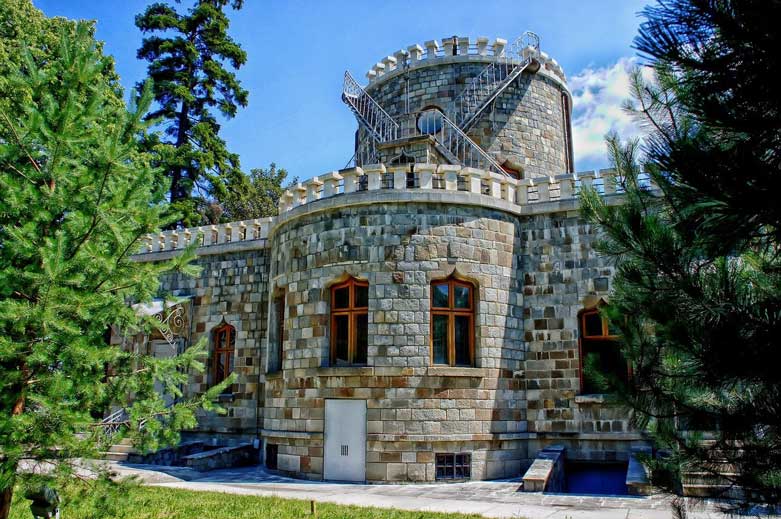
Iulia Hasdeu Castle, situated in Câmpina, isn’t a castle at all, although presently, it is known as a mini castle.
How the miniature castle came to be is a heart-warming story. Bogdan Petriceicu Hasdeu built the castle in the 19th century after his talented daughter Iulia passed away.
He was a renowned Romanian novelist and philologist while his daughter was the first woman from Romania to complete her Ph.D. in Paris’ prestigious Sorbonne University. However, tragedy struck when his only daughter contracted tuberculosis and died at 19.
As a way to honour her memory, he aspired to construct a castle. This is where it gets interesting. He built his mini castle from the instructions given to him by his daughter through spiritual sessions. One room in the castle is Iulia’s room.
Inside the castle, you will come across possessions and pictures dedicated to preserving the memory of Iulia.
When you roam the castle on an audio-guided tour, you will learn about a grief-stricken father’s determination to keep his daughter close to him ever after her passing.
Savarsin Palace— the Royal Castle of Romania
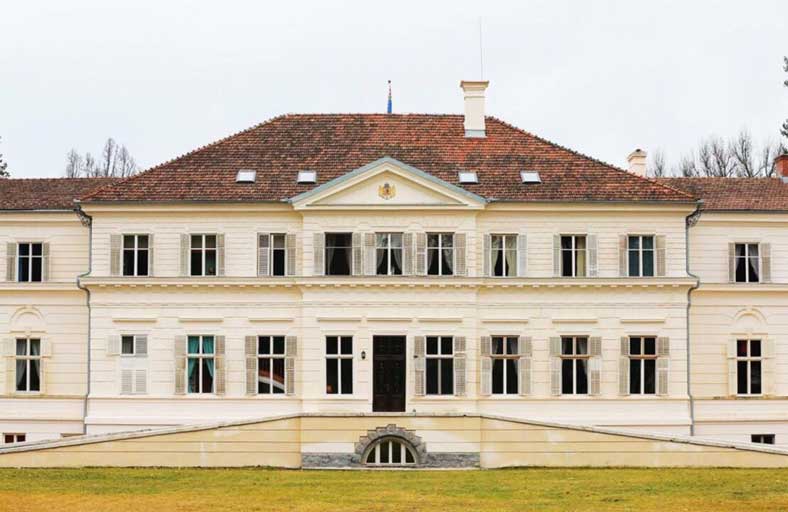
The winter home of the former Romanian Royal Family, Savarsin Castle is situated on private property in Săvârșin Park. The castle takes design inspiration from the Neoclassical style.
It was once owned by the Romanian King Michael I. The palace has been around since the 19th century.
The castle replaced another royal structure that had been there for three centuries and was occupied by Hungarian nobility. The castle’s devastating history includes being taken over by the communist government and then later, succumbing to fire.
You can get a glimpse of the castle from the road, but if you want to visit it, you will have to call beforehand to schedule a tour.
Poenari Fortress— the Castle of Vlad the Impaler

Poenari Castle is one of the most frequented castles in Romania. Its popularity has to do a lot with who once lived there — the one and only Vlad the Impaler! The citadel is at the base of the Carpathian Mountain and is built on a cliff offering a picturesque view of the Argeș River.
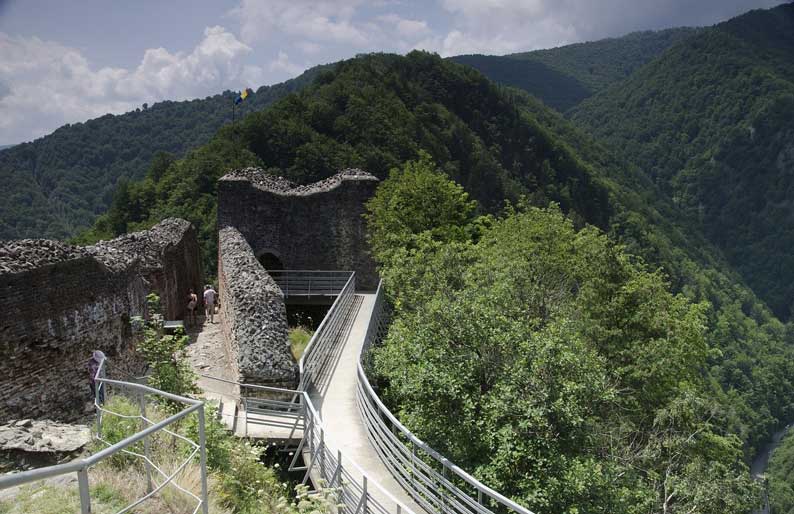
The 13th-century castle belonged to the first rulers of Wallachia before Vlad came across the abandoned and neglected castle and restored it. He created a secret underground passageway, which he ended up using to escape from the Turks in 1462.
After Vlad died, the castle remained in use for a couple of years until it was left abandoned again at the start of the 16th century.
Weather and time took a toll on the castle with a catastrophic landslide in 1888 destroying parts of the castle and sending them crashing into the Argeș River.
The castle has undergone repairs with parts of the towers and walls still intact today. If you want to visit the castle, you better have good stamina, as you will have to climb 1,462 steps. When you see the gorgeous ruins and views before you, you know it was worth all the huffing and puffing!
Fagaras Citadel— the Castle with Historical Significance
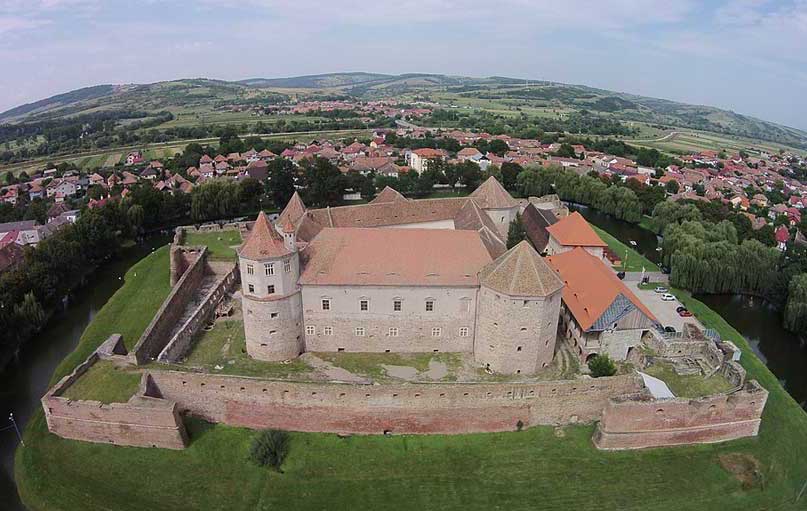
Fagaras is not only one of the many beautiful castles in Transylvania but is also one of the best in the world. Situated between the two cities, Brasov and Sibiu, the castle was erected in 1310 on the same spot as the 12th-century wooden edifice, which the Tartars burned down in 1241.
Romanians used the castle as a fortress and increased its size between the 15th century and 17th century. The deep moat around the castle proved beneficial during conflicts, as the Transylvanian army took water from the mountain brook to fill them. The only way to access the castle is from a bridge.
A little unknown fact that intrigues tourists when they hear it is the legend surrounding the castle.
According to the legend, formerly the castle was used as a torture chamber equipped with a torturing device. The guard asked the prisoner to kiss an image of the Holy Mary and place it on the statue’s chest.Placing it on the statue activated the torture device, throwing several daggers at the unsuspecting prisoner. The daggers then would automatically withdraw and the prisoner’s body would drop through a door into the Olt River.
Throughout the years, the castle has served as a royal home, an Episcopal dwelling, a military prison, and a place to imprison political opponents during Communist rule.
When the Communist era ended, the castle was converted into a museum. The enormous castle has five towers and three floors. Inside the castle, you will find three exhibitions showcasing medieval weapons, Roman artefacts, and traditional crafts.
Chateau Lazar
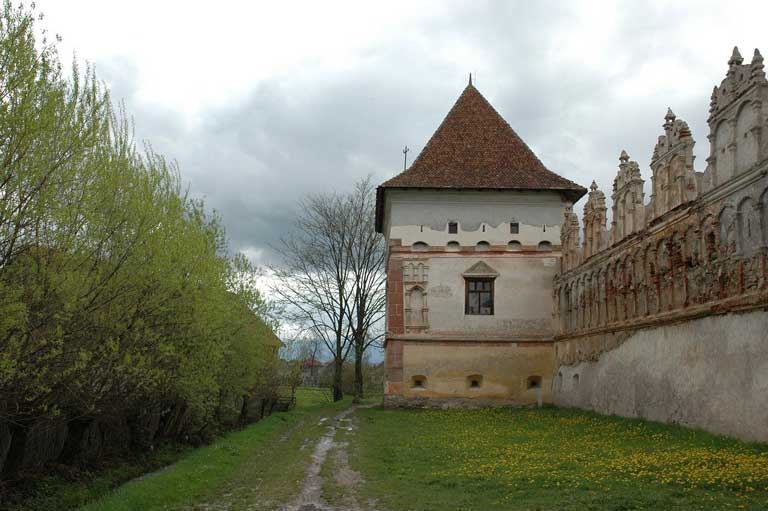
Lazar Castle or Lazarea has become one of the most regularly visited castles in Romania. Even though you will find an incredible number of fortresses and castles in the area, the Lazar Castle holds its own among them.
It differentiates itself from the rest due to its artistic combination of two architectural styles, Baroque and Renaissance.
An unfortunate fire in the 18th century destroyed the Renaissance edifice but it was later reconstructed in the courtyard.
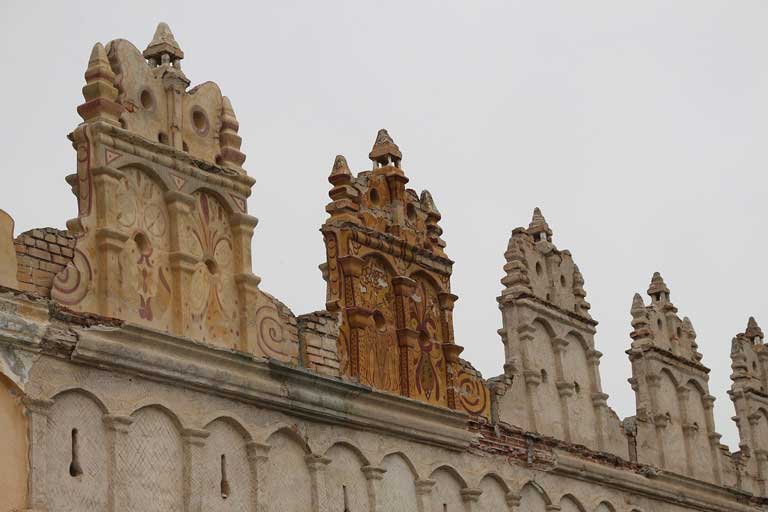
Francisc IV rebuilt a Baroque-themed wing and a two-storey building near the gate with the former no longer there. The castle has a Women’s house created in the 20th century and a council or knight’s room in the central building.
After two separate incidents caused further damage to the castle, it was partially reconstructed. Presently, the Lăzarea Centre for Cultural and Art manages the castle, housing a contemporary art museum and holding an artists’ colony each year in the castle. This has managed to increase tourism by regenerating interest in the castle and the arts.
Bethlen-Haller Castle of Romania with Incredible Wine Cellars
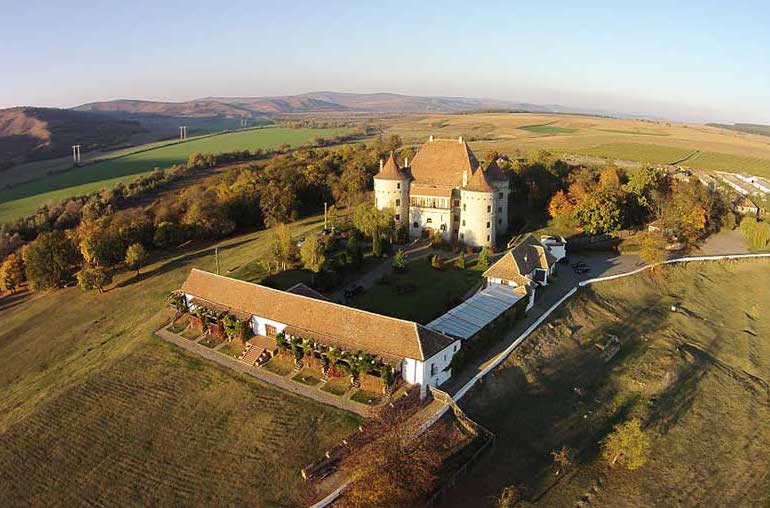
The Bethlen-Haller Castle features 16th century French Renaissance architecture, with Baroque design elements added to the castle in the 17th and 18th century.
Near the castle is the Reformed Church built in the 13th century.
Most of the silks, furniture, and silverware went missing during the Communist regime. The Haller family previously owned the castle before selling it in 2003.
Presently, the castle has become famous for its incredible wine cellars and winemaking, particularly for its exceptional and acclaimed Jidvei white wines.
People can book the Jidvei Castle for wedding receptions, private dinner parties, and business conferences and meetings. They offer a diverse selection of local wines and traditional menus with food cooked by local chefs.
You can enjoy a glass of wine paired with delicious food as you take in the view of the scenic village before you. The castle also hosts wine tasting events and the popular “Golden Grape” Festival.
Inside the castle, you will find a display of 45 watches given to the owner, one on every birthday.
A myth about the castle is the mention of an underground passage that goes to the Bethlen Castle.
Commonly Asked Questions:
What is the Oldest Castle in Romania? Bran Castle or the Dracula Castle is the oldest castle in Romania, created between 1377 and 1388.
Why Are There So Many Castles in Romania? The reason there are so many castles in Romania is due to the country’s opulent medieval culture. Romanian castles, created from the 14th century and 18th century, have served as fortresses for armies to defend the country against intruders.
How Many Castles Are There in Romania? There are 310 castles in Romania.
Can You Have a Wedding at Bran Castle? Yes, you can have a wedding at Bran Castle. You can have your fairytale or Dracula-themed wedding at the Dracula Castle.
Can You Buy a Castle in Romania? Yes, you will find castles in Romania for sale. You can make a castle your summer home. Whether you live in Romania or another country, having a castle to call home is a dream — one that you can make true!
The Irresistible Castles in Romania Welcome You to Explore the Hidden Secrets and Marvel at Its Magnificence
The Romanian castles have always stood out for their grandness and exquisiteness. The castles’ magnetic lure has generated a lot of buzz among people from across the world.
The vampire mythology in Romania has furthered people’s fascination with the country’s castles. Books, movies, and shows revolving around vampires have fostered curiosity in every generation.
If you grew up hearing stories about vampires, kings and queens, and castles, you can put yourself in the middle of it all by discovering the beautiful castles in Romania.
And if you fancy visiting castles, you might as well make a wish list and travel to see the beautiful castles of Slovenia.

